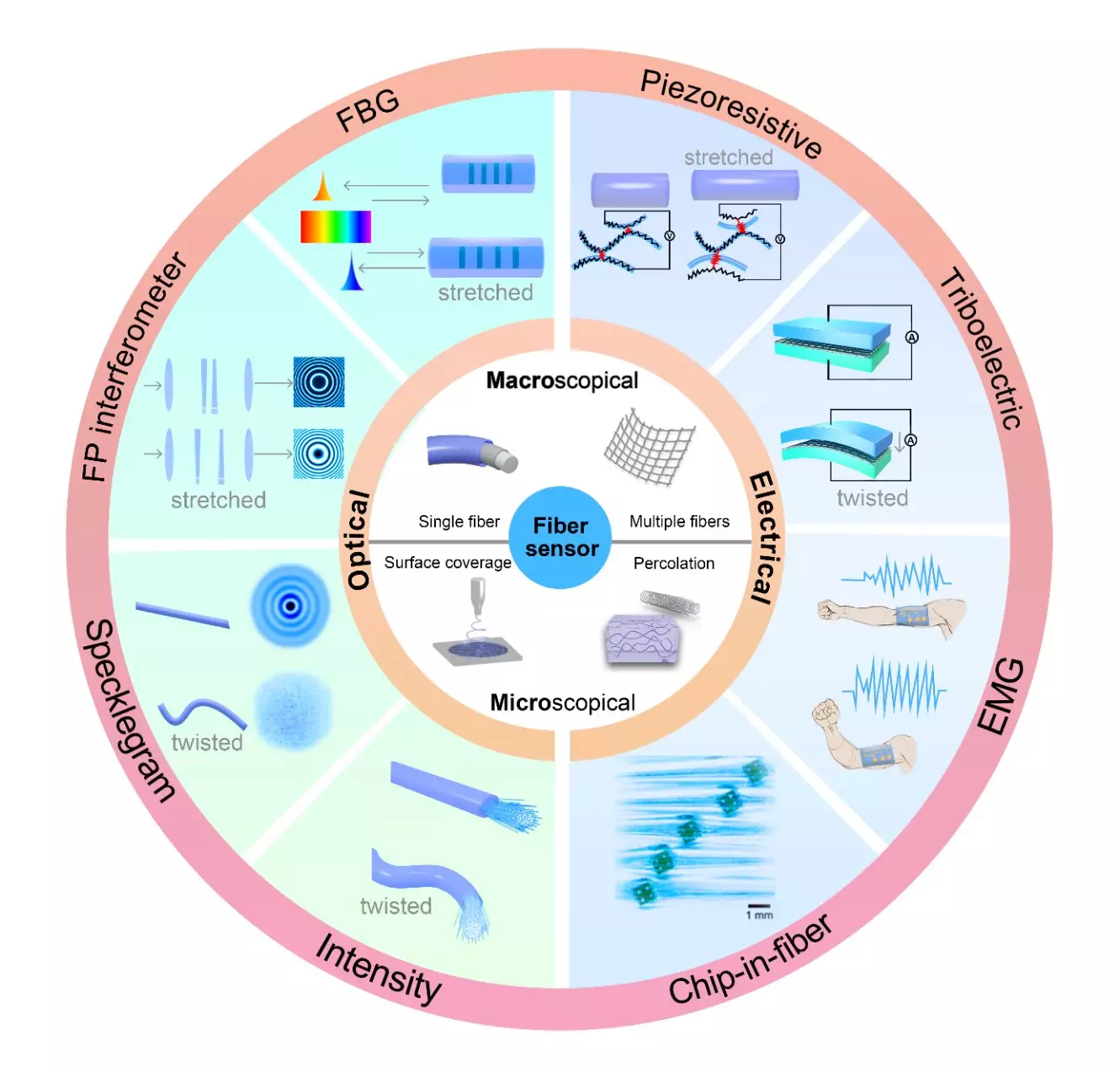The last decade has witnessed an unprecedented surge in the capabilities of artificial intelligence (AI), particularly in its application within wearable technology. The evolution of machine learning, and notably its subfield of deep learning, has transformed the way wearable devices analyze and interpret vast amounts of data. These advancements have made it possible to automate the data extraction process, significantly reducing the need for manual intervention and allowing for a more intricate understanding of the data collected. As the amount of data generated continues to grow at an exponential rate, the integration of sophisticated algorithms is becoming essential in deriving valuable insights from this information overload.
Recent literature, particularly an article published in the journal *Advanced Devices & Instrumentation*, has meticulously categorized the machine learning algorithms that have been employed alongside fiber sensors. This review divides the algorithms into two main categories: traditional machine learning and deep learning. Traditional algorithms encompass techniques like linear regression, k nearest neighbors, support vector machines, random forests, XGBoost, and K means clustering. On the other hand, deep learning methods offer more nuanced interpretations, allowing for the discovery of complex patterns in the data.
The fiber sensors are assessed based on their operational principles, which are primarily categorized into optical and electrical systems. Optical fiber sensors include technologies such as Fiber Bragg Grating (FBG), Fabry-Pérot interferometers, specklegram sensors, and light intensity variations, while electrical fiber sensors encompass piezoresistive, triboelectric, electromyography (EMG), and chip-in-fiber technologies. The convergence of these data-acquisition methods with machine learning algorithms positions fiber sensors as a promising alternative to traditional electronic devices, potentially enabling the next generation of smart apparel.
Despite the potential of integrating machine learning into fiber sensors, significant challenges remain. Presently, a majority of these systems are limited in their functionality; they predominantly collect single types of signals, primarily focused on mechanical forces or deformities, exemplified by pressure-sensitive gesture recognition in wearables like gloves. Key information types—such as light intensity variations, temperature fluctuations, humidity levels, and textural changes—are often overlooked and underutilized in current applications.
Moreover, the landscape of machine learning is rapidly evolving. Cutting-edge algorithms like reinforcement learning, generative adversarial networks (GANs), self-supervised learning techniques, and attention mechanisms (such as GPT) have seen limited implementation in the realm of wearable technology. To enhance the richness of data collection and real-time processing, it is crucial that further research delves into these advanced methodologies.
As research progresses, there is a strong belief that the synergy between AI and fiber sensors will redefine the future of wearable technology. With further investigations into emerging machine learning techniques, the next generation of smart clothing is anticipated to become not only more intelligent but also increasingly comfortable and user-friendly. The convergence of these technologies holds the potential to seamlessly integrate into people’s everyday lives, heralding a significant transformation in how we interact with our environment through wearable devices.

